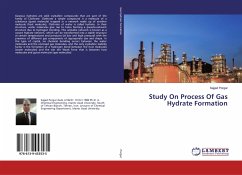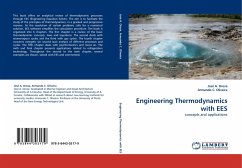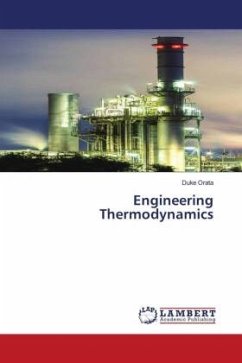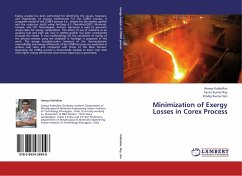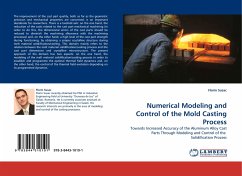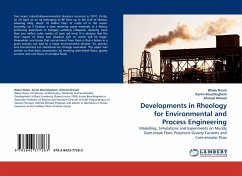
Developments in Rheology for Environmental and Process Engineering
Modelling, Simulations and Experiments on Muddy Dam-break Flow, Polymeric Gravity Currents and Core-annular Flow
Versandkostenfrei!
Versandfertig in 6-10 Tagen
32,99 €
inkl. MwSt.

PAYBACK Punkte
16 °P sammeln!
Two major industrial/environmental disasters occurred in 2010. Firstly, on 20 April an oil rig belonging to BP blew up in the Gulf of Mexico, releasing daily, about 10 million liters of crude oil in the ocean. Secondly, on 4 October a dam retaining waste materials of a factory producing aluminium in Hungary suddenly collapsed, releasing more than one million cubic meters of toxic red mud. It is obvious that the final impact of these two disasters (yet to come) will be tragic. Meanwhile, one lesson that can be learnt from them is that a failure in a given process can lead to a major environment...
Two major industrial/environmental disasters occurred in 2010. Firstly, on 20 April an oil rig belonging to BP blew up in the Gulf of Mexico, releasing daily, about 10 million liters of crude oil in the ocean. Secondly, on 4 October a dam retaining waste materials of a factory producing aluminium in Hungary suddenly collapsed, releasing more than one million cubic meters of toxic red mud. It is obvious that the final impact of these two disasters (yet to come) will be tragic. Meanwhile, one lesson that can be learnt from them is that a failure in a given process can lead to a major environmental disaster. So, process and environment can sometimes be strongly associated. This paper was written on that basic assumption, by revisiting dam-break flows, gravity currents and core flows of complex fluids.



